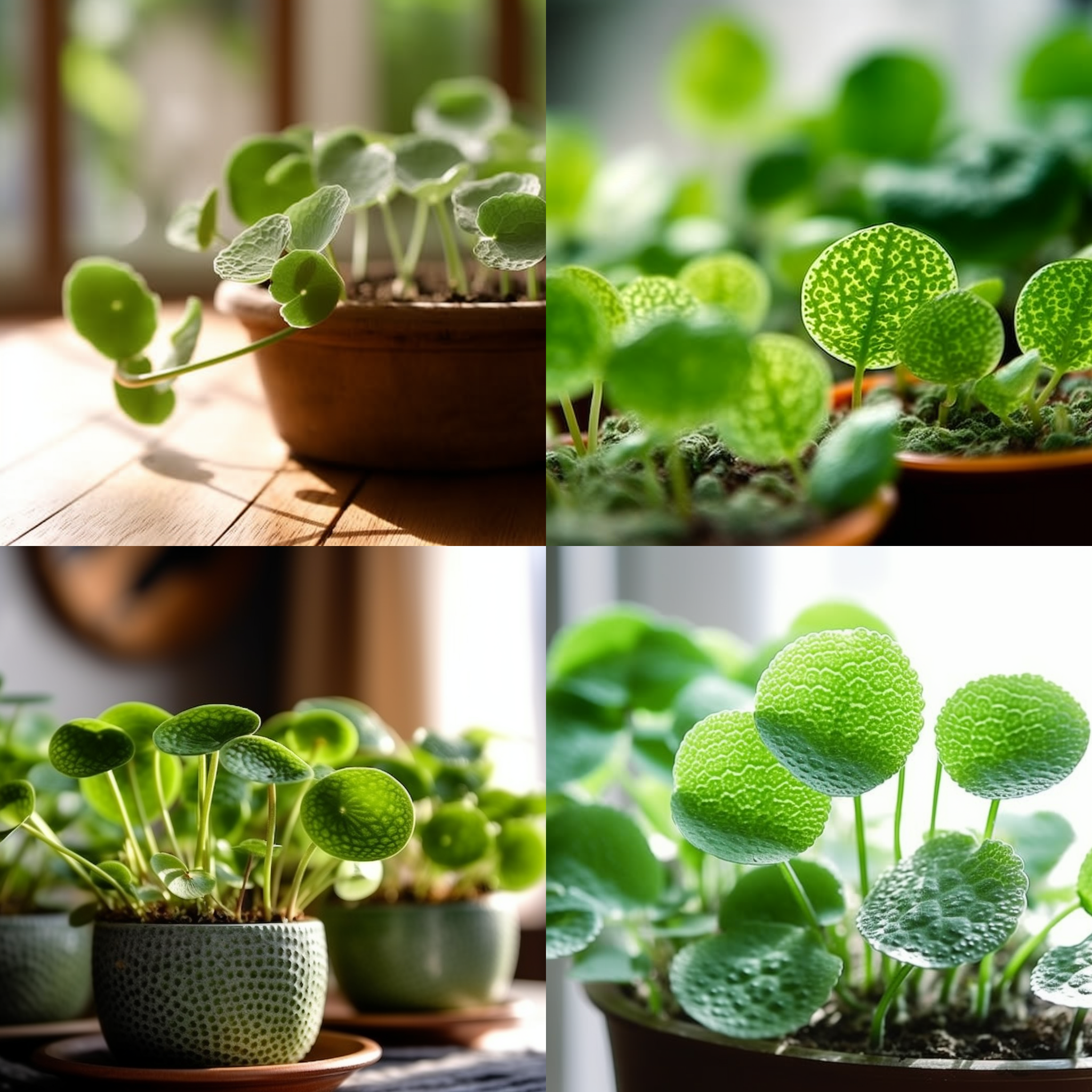Story of Day :
Contents
The Pilea Plant: A Complete Guide and Care Tips
The Pilea plant, also known as the Chinese money plant or UFO plant, has been taking the gardening world by storm. Its unique circular leaves and compact size make it an ideal choice for homes and offices alike. Not only is it aesthetically pleasing, but it’s also low-maintenance. In this article, we’ll provide you with a complete guide on how to care for your pilea plant.
Origins of the Pilea Plant

The Pilea plant originates from southern China and was first introduced to Europe in 1946 by a Norwegian missionary who brought back cuttings from his travels. From there, it became popular amongst European gardeners before making its way over to North America in 1984.
Characteristics of the Pilea Plant
- The pilea plant is small in size, typically growing up to 12 inches tall.
- It has round leaves that grow in a circular pattern around its stem.
- Pileas prefer bright light but can tolerate low light conditions as well.
- They grow well in moist soil but don’t like being waterlogged.
- In addition to its attractive appearance, pileas are known for their air-purifying qualities!

Caring for Your Pilea Plant
To ensure that your pilea stays healthy and vibrant here are some care tips:

Sunlight Requirements
Pileas thrive when placed somewhere with plenty of bright indirect light. They can handle direct sunlight too as long as they’re not exposed for more than a few hours daily. If you notice that your plant’s leaves are turning brown, it may be a sign of too much light exposure. In contrast, if they’re starting to droop and look pale, they may not be getting enough light.

Watering Frequency
The watering frequency for your pilea largely depends on the environment it’s in. Generally speaking, pileas prefer moist soil but don’t like sitting in water. Allow the soil to dry out partially before watering again. The best way to check if your plant needs watering is by sticking your finger into the top inch or so of the soil – if it feels dry then go ahead and give it a drink!
Humidity
Pileas like humidity levels between 40-50% but can tolerate lower levels as well. To increase humidity around your plant place a tray filled with pebbles and water beneath its pot or use an indoor humidifier.
Troubleshooting Common Issues
- Brown spots on leaves: This could be due to overwatering; always check if the topsoil is dry before adding more moisture.
- Drooping leaves: This could mean that you’re underwatering; adjust accordingly depending on how quickly the soil dries out.
- Yellowing leaves: This could indicate too much sunlight exposure; move your pilea to a shadier spot in this case!
Fun Facts About Pilea Plants
- In addition to being known as Chinese money plants, UFO plants are sometimes referred to as mirror plants because their circular foliage reflects light beautifully!
- The Pilea has become so popular among gardeners that it has its own Instagram hashtag: #pileapeperomioides!
Conclusion
Pileas are a great choice for anyone looking to add some greenery to their home or office. They’re easy to care for, and their unique circular leaves make them a standout in any room. By following the tips outlined in this article, you can ensure that your pilea plant stays healthy and vibrant all year round!
